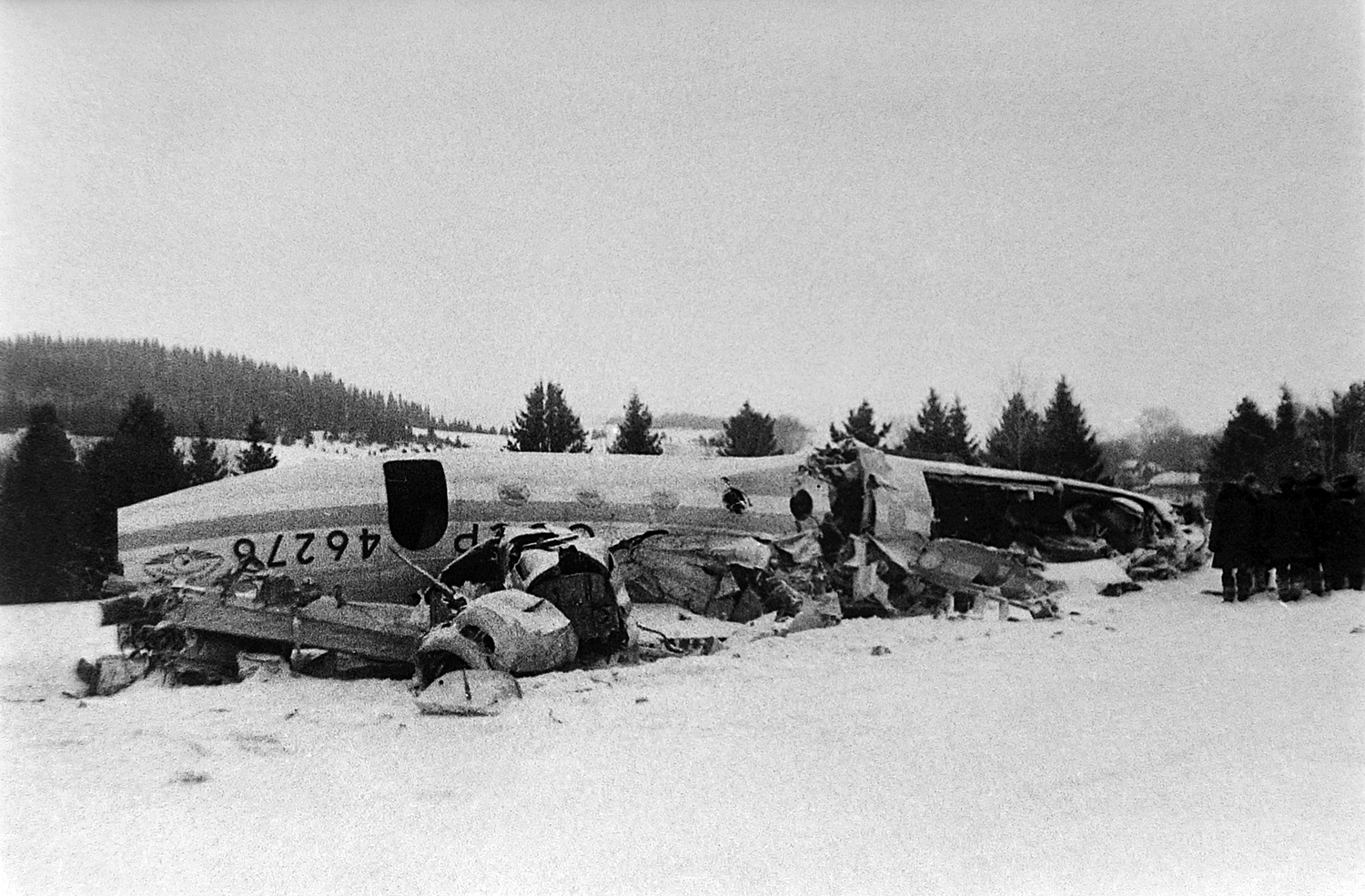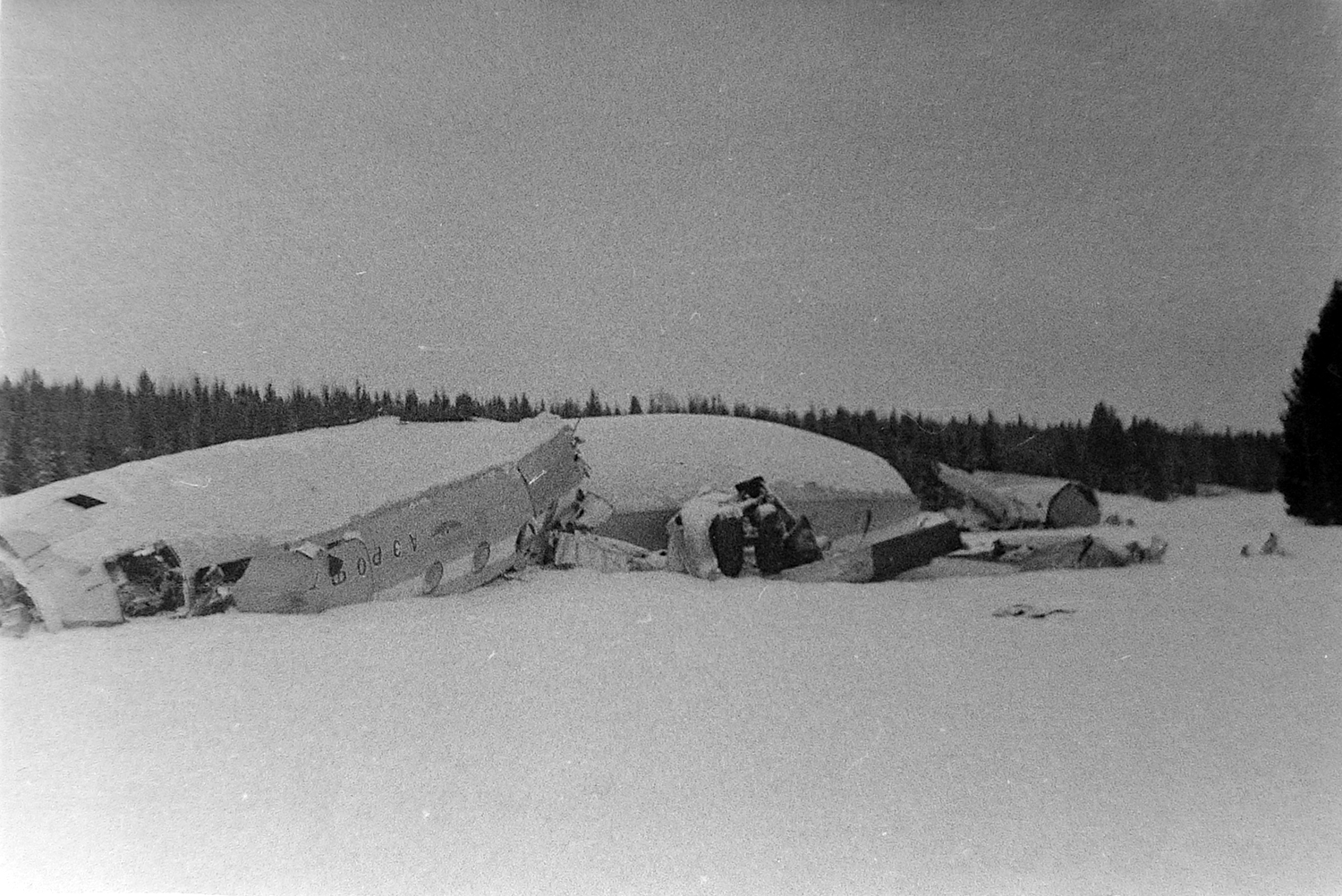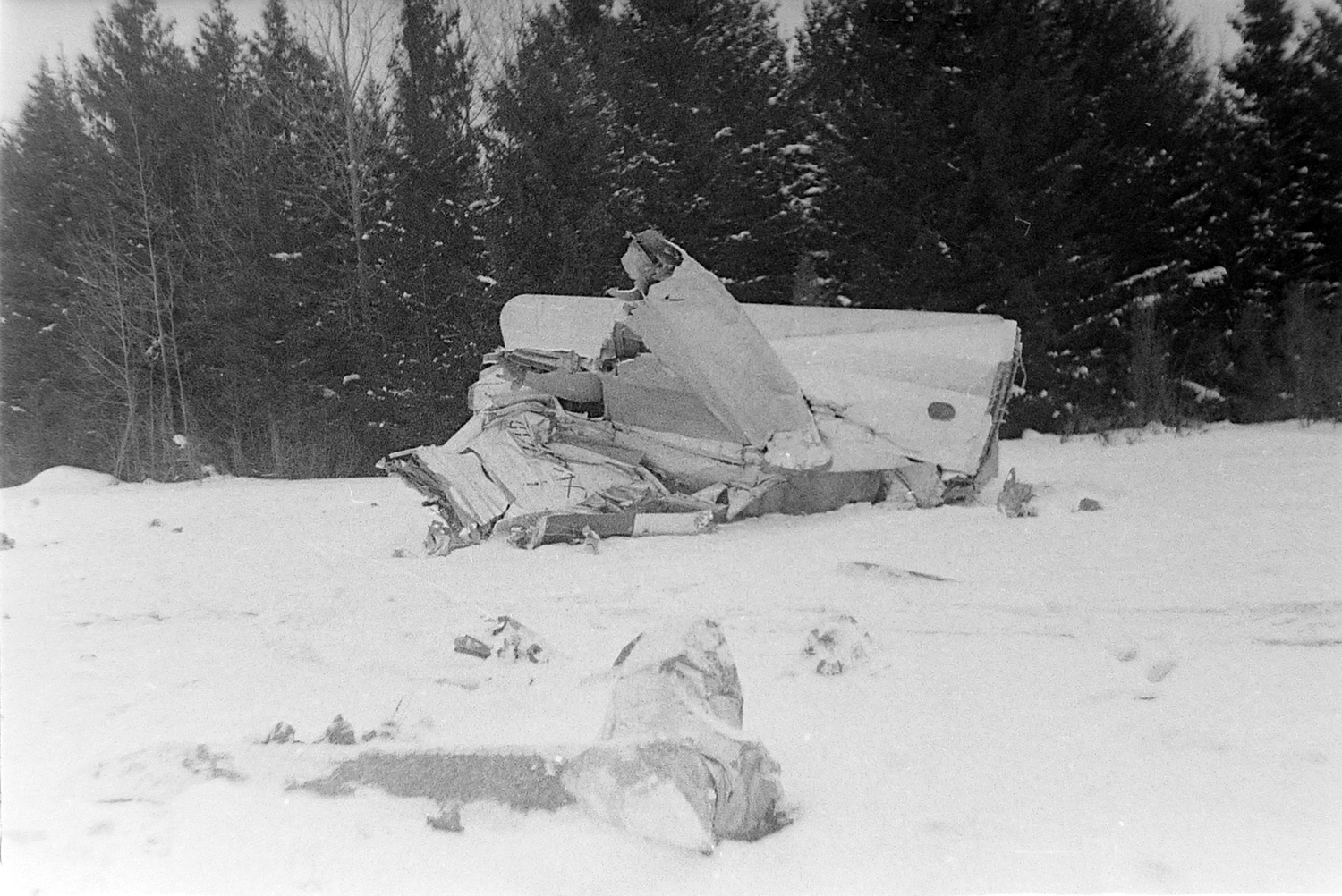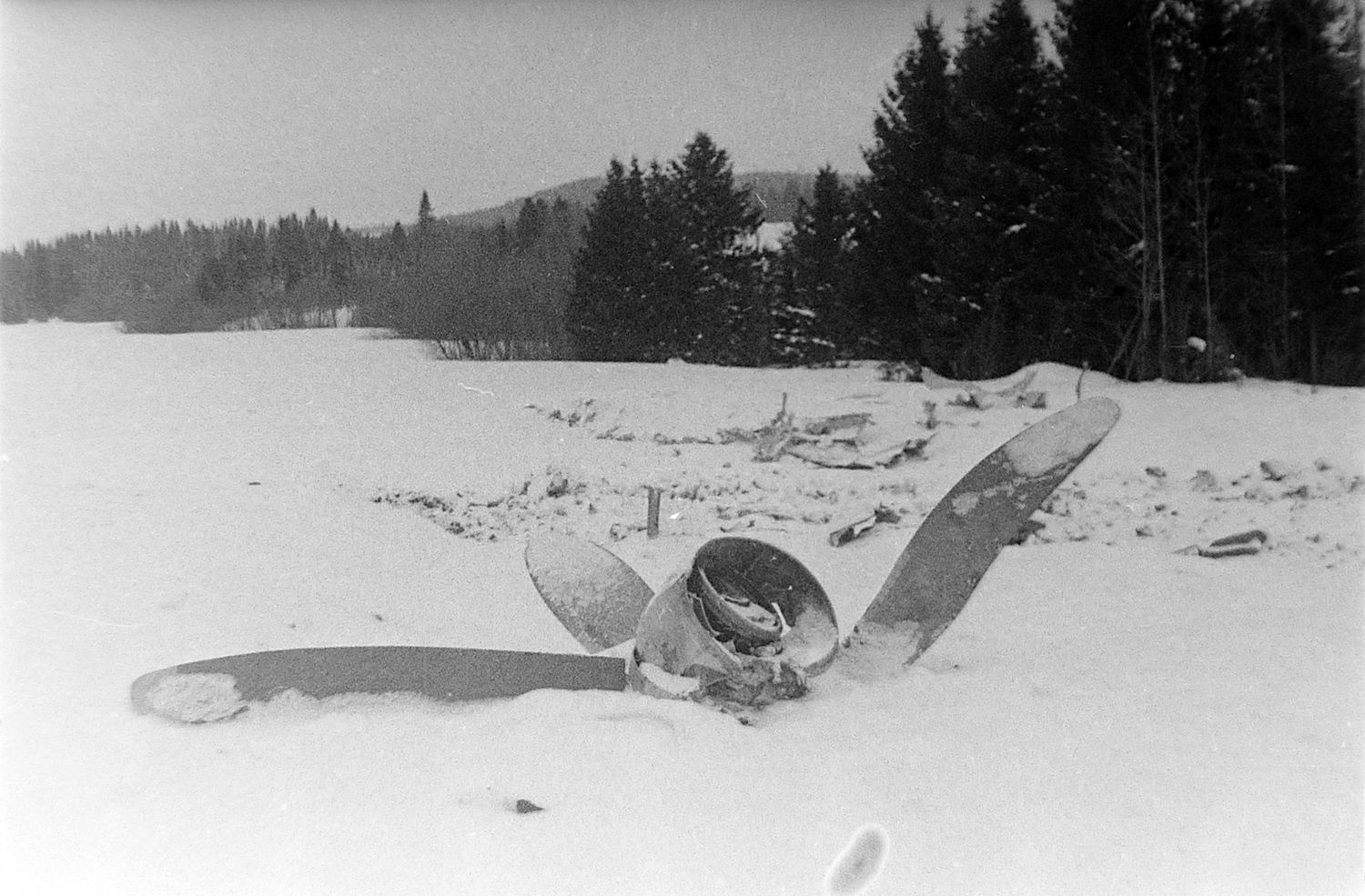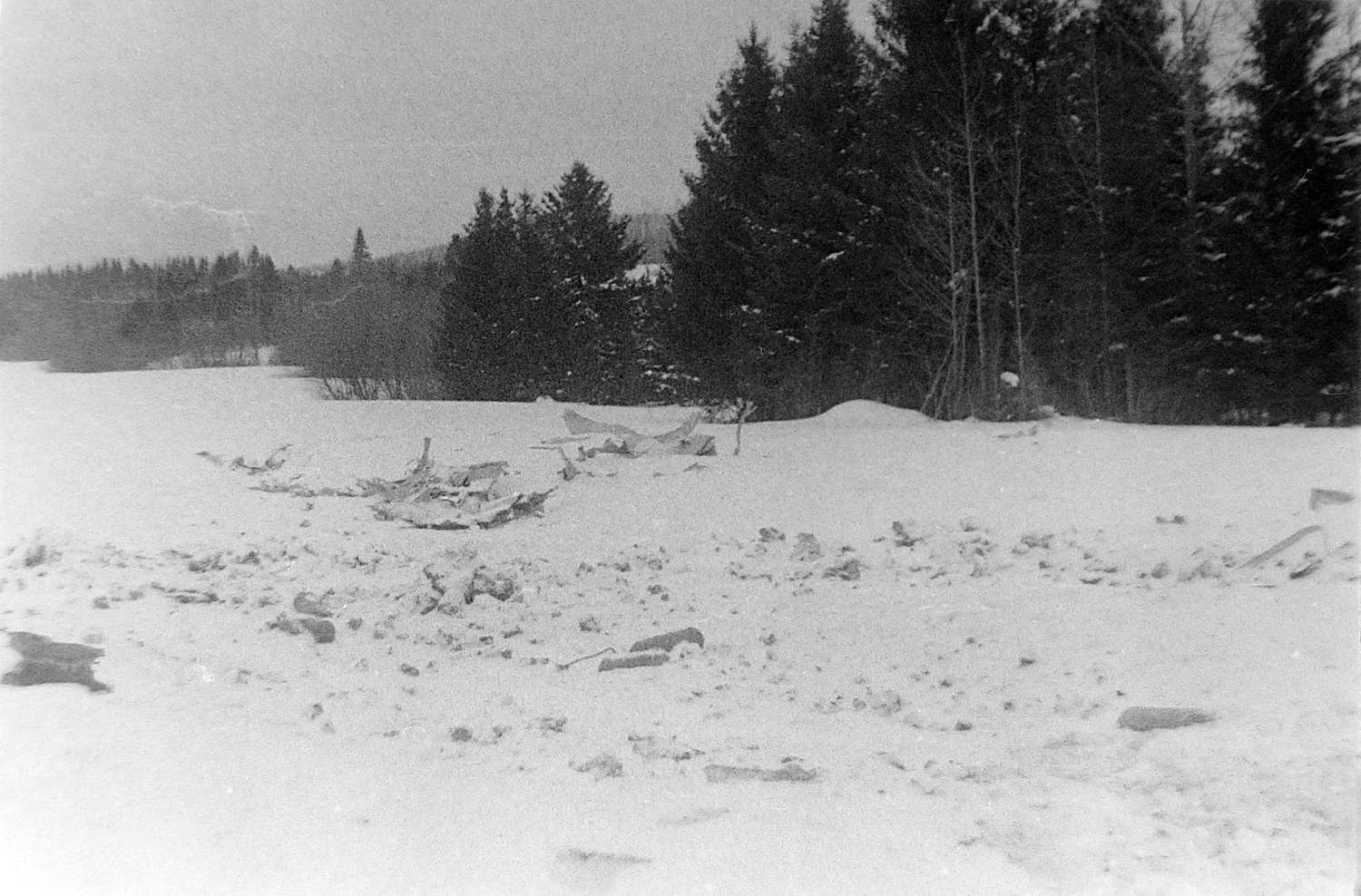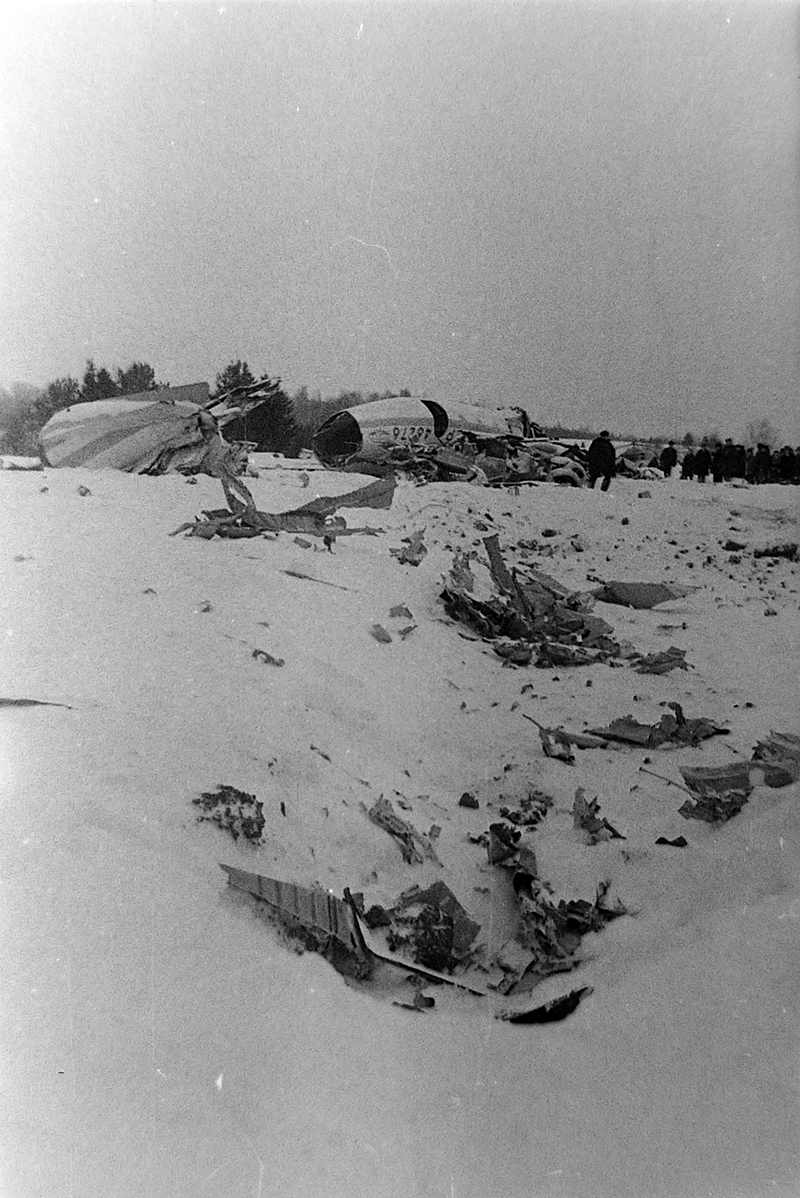Crash of an Antonov AN-2 near Lake Khattavtur: 3 killed
Date & Time:
Mar 9, 1973 at 1325 LT
Registration:
CCCP-01262
Survivors:
No
Schedule:
Yelushkino – Kondinskoye
MSN:
1 71 473 16
YOM:
1957
Crew on board:
2
Crew fatalities:
Pax on board:
1
Pax fatalities:
Other fatalities:
Total fatalities:
3
Aircraft flight hours:
12736
Circumstances:
After eight workers have been dropped off in Yelushkino, the crew was returning to Kondinskoye with one passenger, the Director of Kondinskoye Airport. En route, the crew initiated hazardous manoeuvres and lost control of the airplane that nosed down to an angle of 90° and crashed in a snow covered field located southeast of Lake Khattavtur, about 57 km west of Kondinskoye. The aircraft was destroyed and all three occupants were killed. Blood analysis revealed an alcohol level of 0,8‰ with the copilot and 3,4‰ with the captain.
Probable cause:
Loss of control while the crew was intoxicated.




